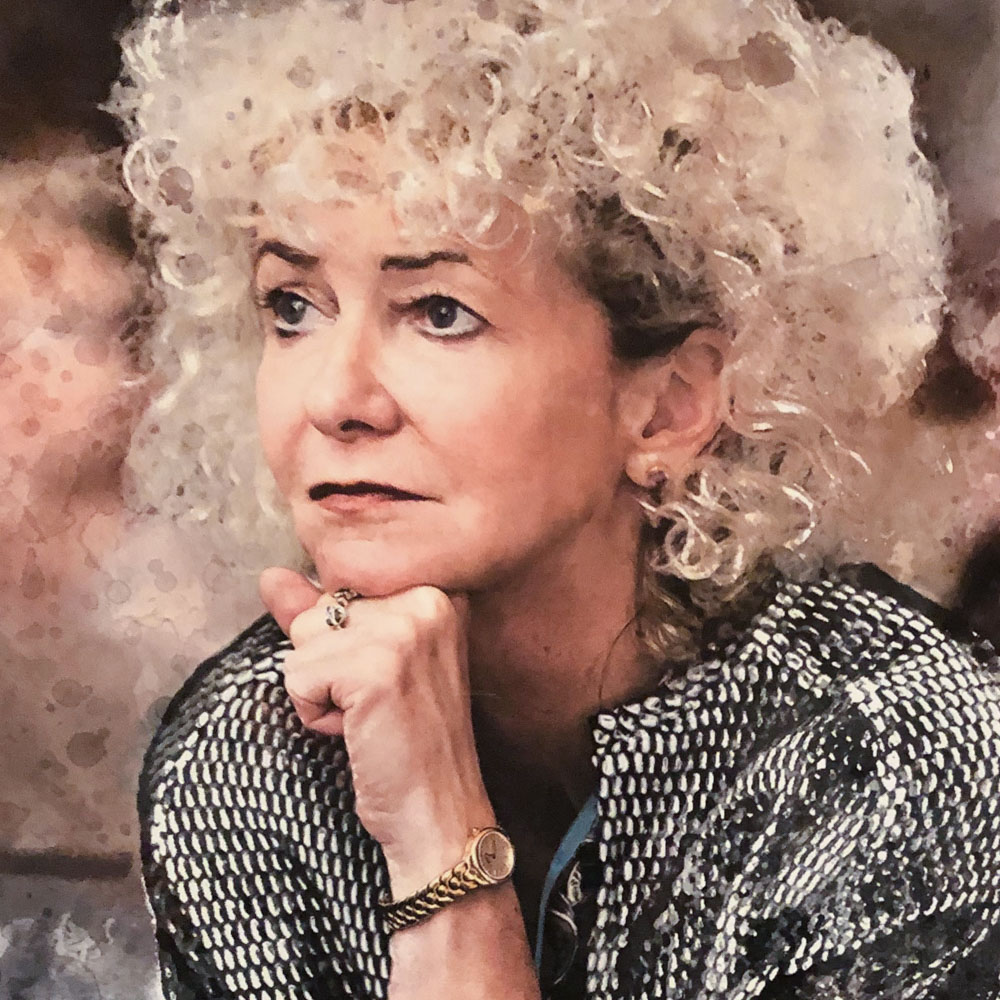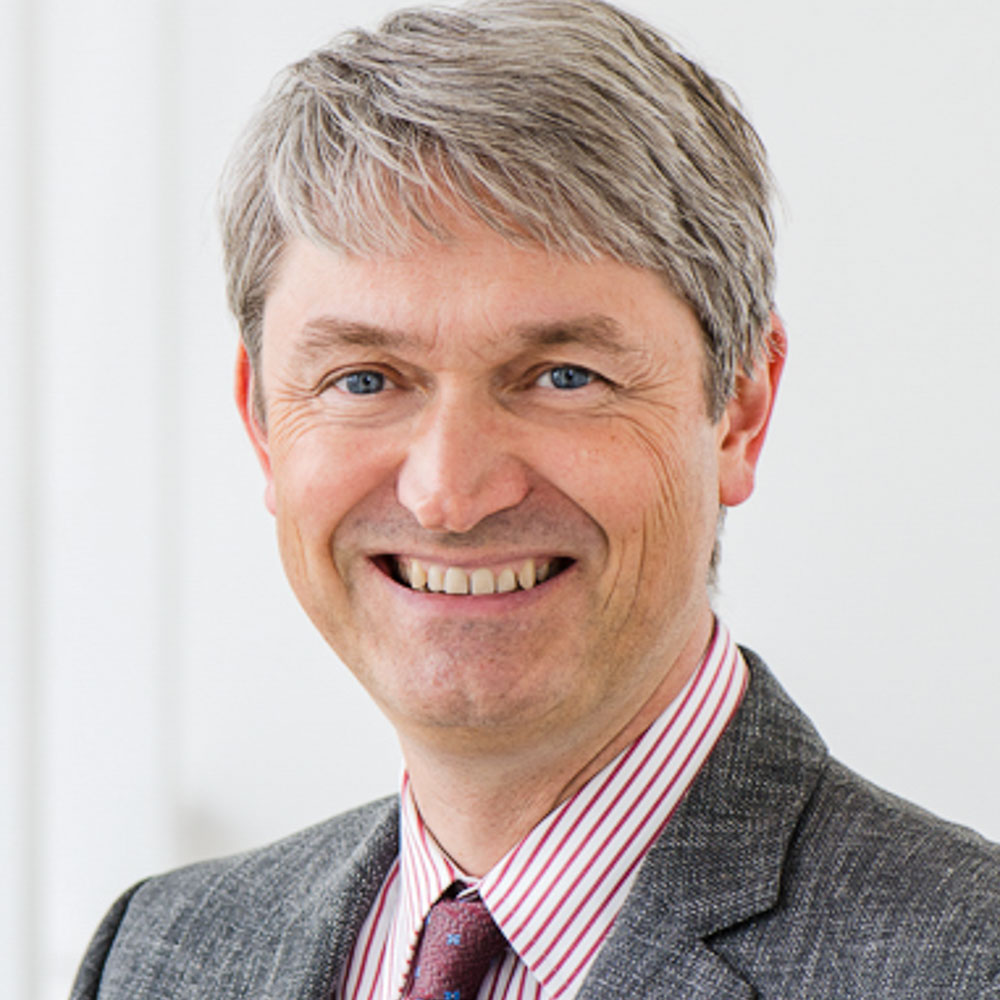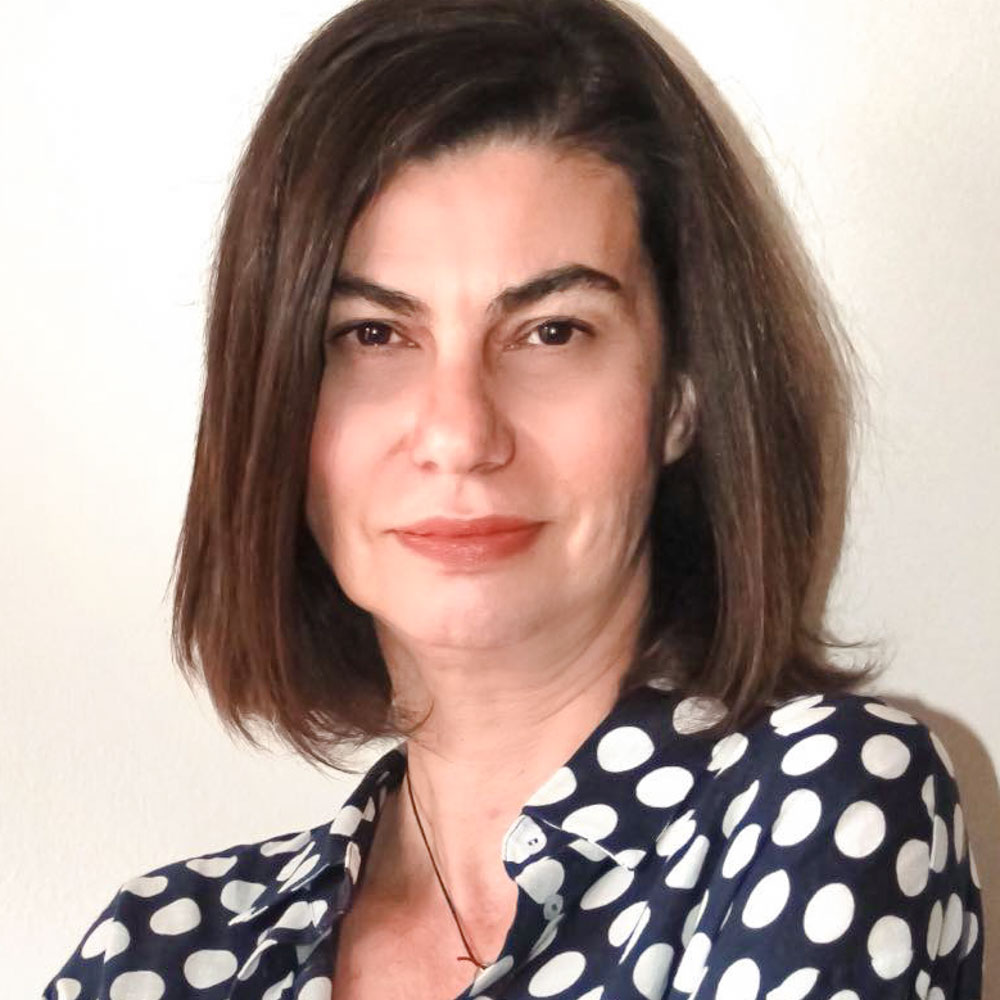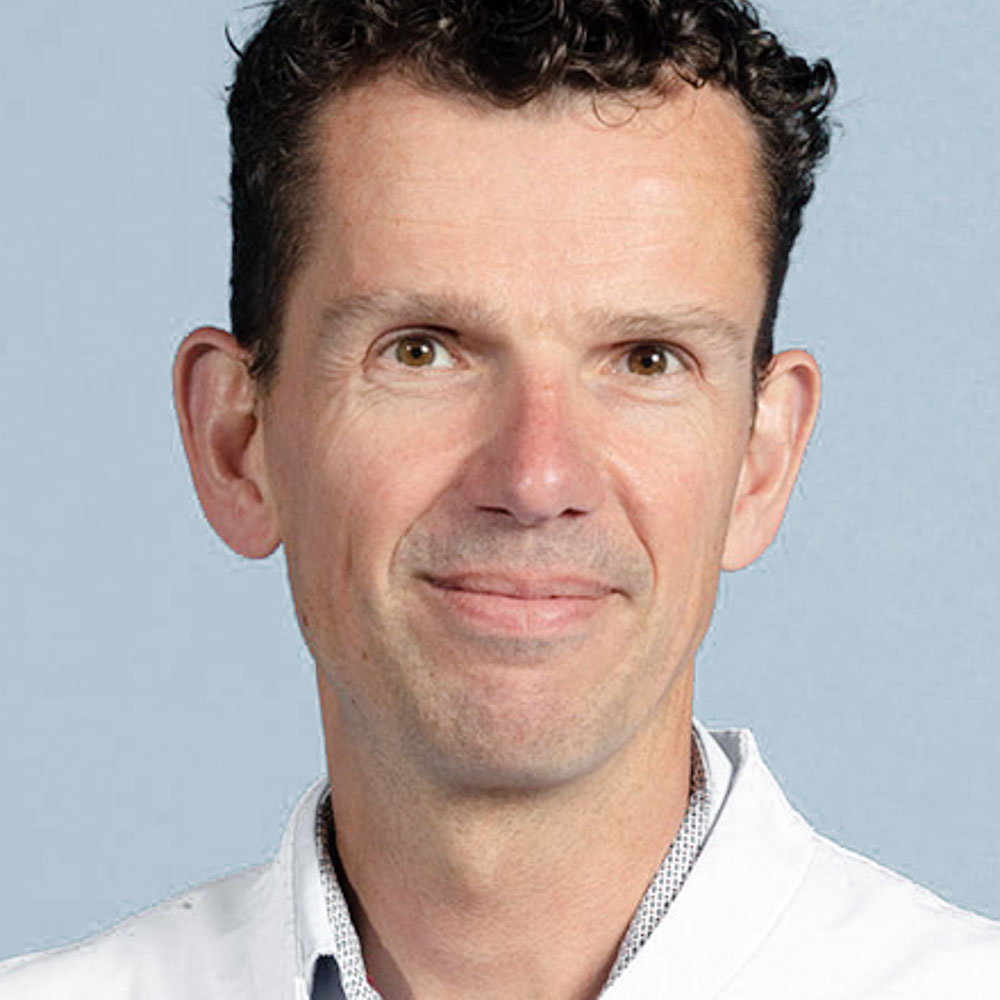Pathophysiology and treatment modalities of atopic dermatitis
Atopic dermatitis (AD) is a chronic, pruritic, inflammatory skin disease with a high burden in regard to the quality of life in affected patients. Based on a genetic predisposition, a reduced skin barrier is a main cause of the pathogenesis of AD. The reduced skin barrier can be a direct consequence of mutations of genes encoding for barrier proteins such as filaggrin or an indirect one, through mutations in genes encoding mediators involved in the Th2 prone inflammation, which consequently reduces the barrier function.
Barrier dysfunction, in addition to the type 2 immunity, also underlies the microbial dysbiosis. Under normal conditions, site-specific stable compositions of the microbiota contribute to skin health. In atopic individuals, and especially in lesional skin, these compositions, characterized by a bacterial diversity, suffer from a breakdown with overgrowth of S. aureus. The dominance of S. aureus further contributes to skin inflammation, because signals derived from S. aureus are able to further disturb barrier function and increase inflammation.
Interestingly, a forced microbial dysbiosis can directly reduce skin barrier function and augment type 2 immunity, indicating that microbial dysbiosis is another entry-point into the pathogenesis of AD. In addition, microbial dysbiosis functions as an amplification circuit of AD and can thus represent another target for intervention.
It is believed that the type 2 prone immunity with its systemic effects predisposes not only to skin, but also to systemic infections. Speaking of comorbidities, AD is not only associated with other atopic conditions such as asthma or allergic rhinoconjunctivitis, but also shows increased rates of infectious complications, cardiovascular diseases, and neuropsychiatric disorders.
It is thus important to normalize the immune response by blocking type 2 immunity. Emollients can help to prevent or resolve barrier dysfunction and reduce microbial dysbiosis and/or infections. Emollients are highly important as an element of complex treatment strategy proposed for AD patients; in fact a proper individually tailored skin care (emollients, moisturizers and cleansers) seems to be a basic element of practically all complex therapeutical strategies for AD.
Speaking of treatment of AD, the introduction of biologics and JAK inhibitors is an ongoing revolution. Although most attention now goes to these new drugs, they may not be available in all countries and for all patients. In addition, local/national regulations may for example require that patients are first treated with conventional systemic immunosuppressants such as cyclosporine (CsA) or methotrexate (MTX).
CsA has long been the only drug that was registered for treatment of AD in many European countries. In younger patients (<60 years of age) without co-morbidities other than atopic co-morbidities, CsA usually is a good treatment option. In older patients, or patient with hypertension, MTX usually is first choice systemic immunosuppressant.
When conventional systemic immunosuppressants fail, biologics and JAK inhibitors targeting the type 2 immunity can represent an important step forward in AD management. In addition, topical treatments that balance type 2 immunity and help the barrier to recover as well as to reduce the dysbiosis and its downstream consequences are of high interest.
Finally, phototherapy is recommended as second-line or adjuvant treatment for adults and (primarily) older children with moderate-to-severe disease. But is there still room for phototherapy in the management of AD with the new systemic agents (monoclonal antibodies and small molecules) that have been recently approved or are currently in trial?
This matter, along with the ones mentioned above, will be discussed in detail in the AD-focused sessions during the 30th EADV Congress.

Magdalena Czarnecka-Operacz
(Poznan, Poland)

Tilo Biedermann
(Munich, Germany)

Patrick Brunner
(Vienna, Austria)

Eleni Sotiriou
(Thessaloniki, Greece)

Dirk Jan Hijnen
(Rotterdam, Netherlands)

